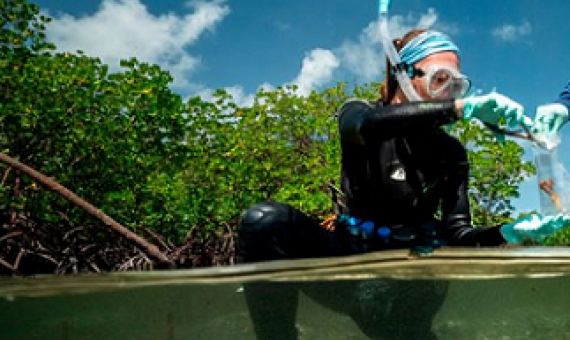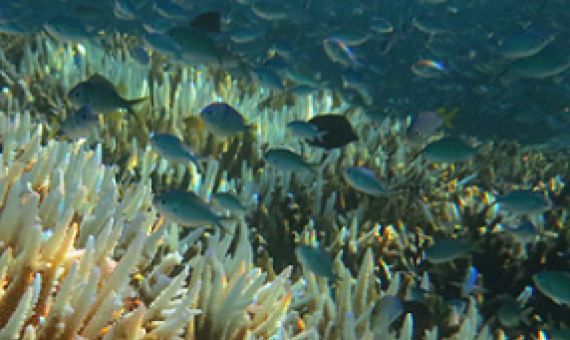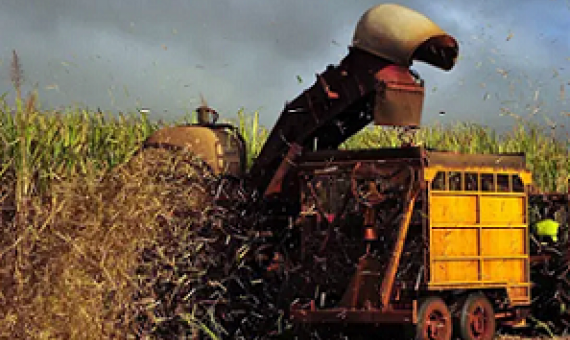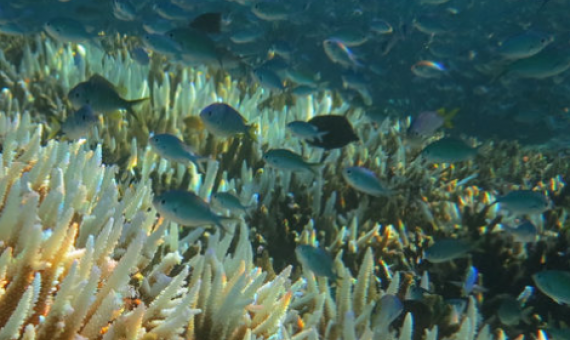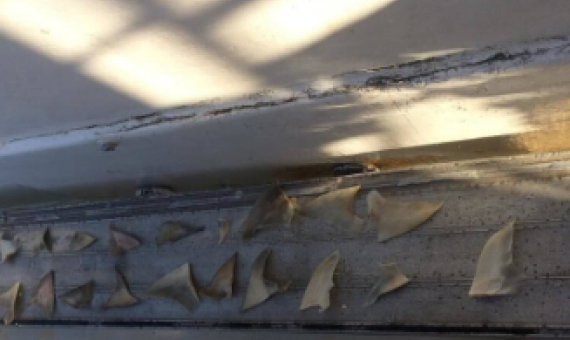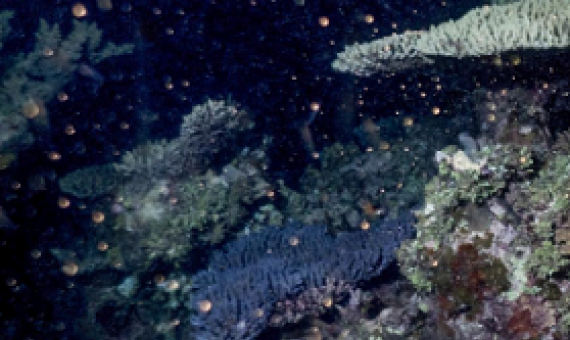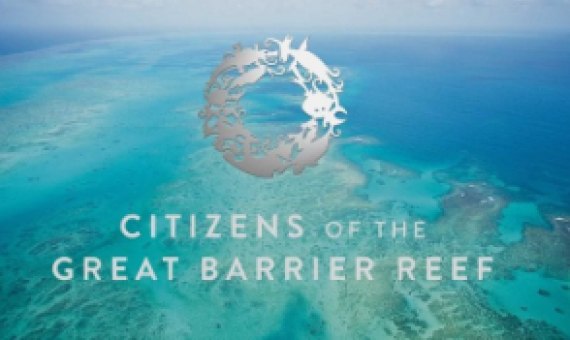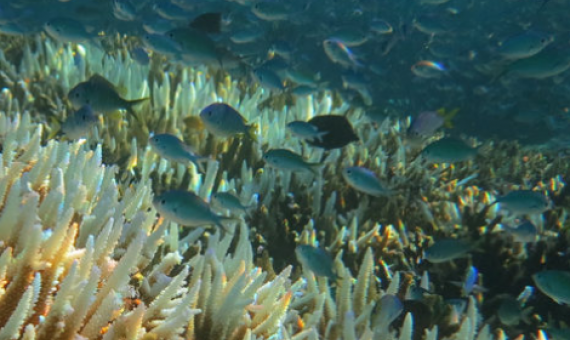When Australia’s Great Barrier Reef, the world’s largest coral-reef system, was hit by record-breaking marine heat waves that bleached two-thirds of it in 2016 and 2017, many researchers were left in a state of shock.
The Reef Is Rapidly Deteriorating. A new report reveals that under the Federal Government’s watch the long-term outlook for the Great Barrier Reef has gone from “poor” to “very poor” for the very first time.
The peak sugar cane industry group, Canegrowers, is using a $1.4m grant from the Great Barrier Reef Foundation to “set the record straight” about its environmental practices, while campaigning against Queensland government proposals for new pollution regulations.
As global warming drives more events that impact coral reefs, managing the Great Barrier Reef’s resilience demands comprehensive and detailed mapping of the reef bed. Clic k on the link below to read the full article
A skipper and deckhand were fined $7000 after Queensland Government staff raided their boat and found 31 shark fins on board at the port in Cairns. Click on the link below to read the full article.
Climate change is making ocean heat waves worse—a reality that increases the chances for mass bleaching and puts young coral in jeopardy. Click on the link below to read the full article.
Large-scale, multidirectional larval connectivity among coral reef fish populations in the Great Barrier Reef Marine Park
Larval dispersal is the key process by which populations of most marine fishes and invertebrates are connected and replenished. Advances in larval tagging and genetics have enhanced our capacity to track larval dispersal, assess scales of population connectivity, and quantify larval exchange among no-take marine reserves and fished areas. Recent studies have found that reserves can be a significant source of recruits for populations up to 40 km away, but the scale and direction of larval connectivity across larger seascapes remain unknown.
The Alliance will see the two organizations working together to deliver compelling, inspiring and educational content to drive engagement in conservation of the Great Barrier Reef. Click on the link below to read the full article.
Deep reefs of the Great Barrier Reef offer limited thermal refuge during mass coral bleaching
Our rapidly warming climate is threatening coral reefs as thermal anomalies trigger mass coral bleaching events. Deep (or “mesophotic”) coral reefs are hypothesised to act as major ecological refuges from mass bleaching, but empirical assessments are limited. We evaluated the potential of mesophotic reefs within the Great Barrier Reef (GBR) and adjacent Coral Sea to act as thermal refuges by characterising long-term temperature conditions and assessing impacts during the 2016 mass bleaching event.
New research finds that the mass bleaching event that led to the death of 30 percent of shallow-water corals on the Great Barrier Reef in 2016 also had a substantial impact on deep reefs. Click on the link below to read the full article.

